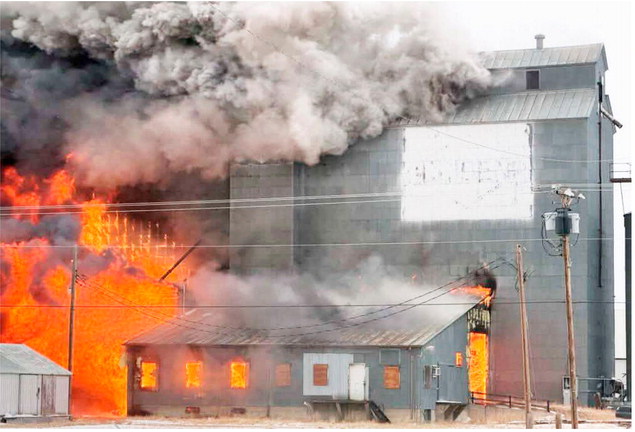Fort Peck Water Levels To Drop In August
While the Missouri River basin has seen improved runoff for two consecutive months, it is not enough to overcome the long-term drought persisting in much of the basin.
July runoff in the Missouri River basin above Sioux City, Iowa, was 3.2 million acrefeet, which is 98 percent of average and 0.7 MAF more than was forecast last month. This has led to an annual runoff forecast of 20.6 MAF, which is 80 percent of average and 0.6 MAF higher than last month’s forecast.
“As expected, reservoir inflows in July have been declining due to the warmer and drier conditions in the upper Missouri River Basin,” said John Remus, chief of the U.S. Army Corps of Engineers’ Missouri River Basin Water Management Division. “Per the July 1 System storage check, navigation support was increased slightly to 500 cubic feet per second above minimum-service levels. The navigation support season will be 3 days shorter than normal per the guidance in the Master Manual,” added Remus USACE will evaluate lower Missouri River flow conditions to set Gavins Point releases to ensure that flows at the four downstream navigation target locations will be at or above the target levels.
“The monthly study indicates that the winter release from Gavins Point, which is based on the September 1 System storage check, will likely be at a minimum rate of 12,000 cfs,” added Remus.
System storage peaked on July 20 at 52.1 MAF. System storage on August 1 was 51.8 MAF, 4.3 MAF below the base of the Annual Flood Control and Multiple Use Zone. “System storage is expected to continue to decline further into the Carryover Multiple Use Zone during the remainder of 2022 as we make releases during the drier summer and fall periods to meet the authorized purposes,” said Remus.
Overall drought conditions across the basin changed little during the month of July. According to the National Drought Mitigation Center, approximately 62 percent of the Missouri River basin is currently experiencing some form of abnormally dry or drought conditions, with 6 percent being extreme or exceptional drought. The seasonal drought outlook, which extends through the end of October, shows drought conditions will persist and expand across the lower basin. Drought information can be viewed at https://droughtmonitor. unl.edu/.
Mountain snowpack in the upper Missouri River Basin was completely melted by the first week of July. The mountain snowpack peaked above Fort Peck on April 29 at 85 percent of average, while the mountain snowpack in the Fort Peck to Garrison reach peaked on May 3 at 92 percent of average. Mountain snowpack normally peaks near April 17.
Reservoir forecasts for the Fort Peck Dam include an average release rate of 8,000 cfs. End-of-July reservoir level was 2222.2 feet (near July 1 level). Forecast end-of-August reservoir level is 2221.4 feet. Releases will be maintained at 8,000 cfs through mid-September.
The six mainstem power plants generated 728 million kWh of electricity in July. Typical energy generation for July is 960 million kWh. The power plants are expected to generate 7.1 billion kWh this year, compared to the longterm average of 9.4 billion kWh.

